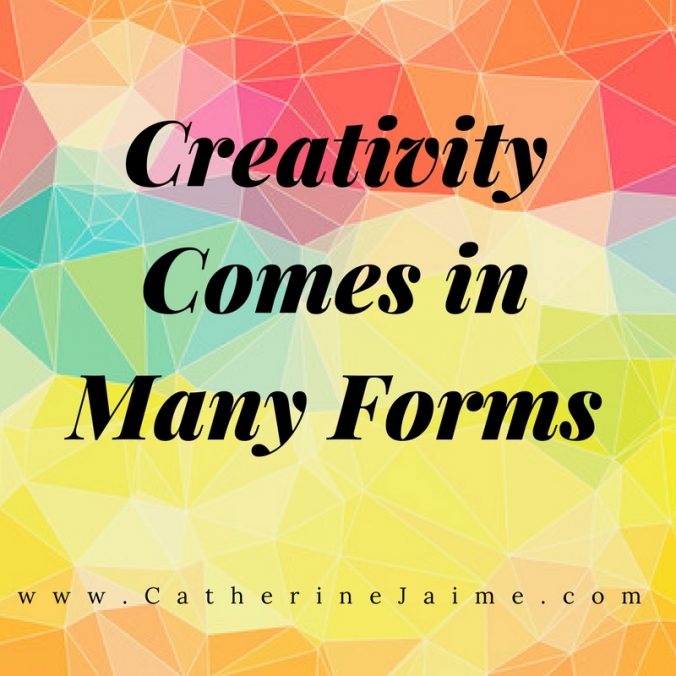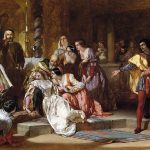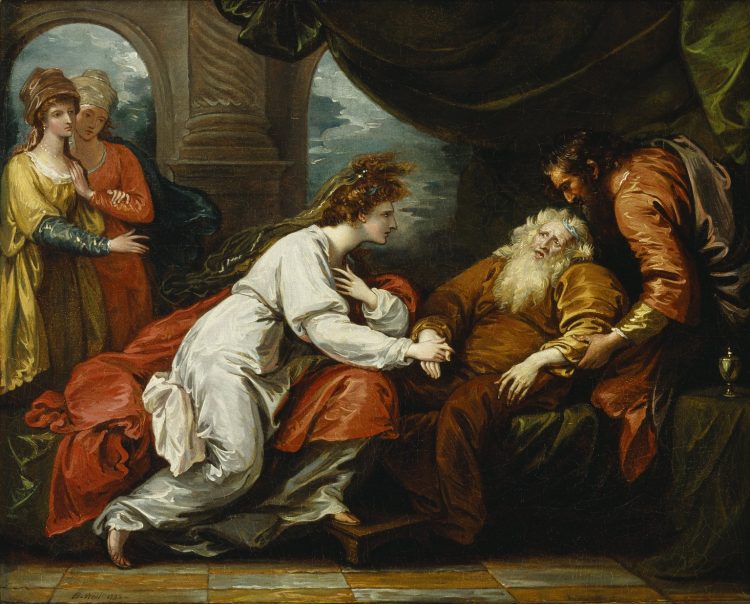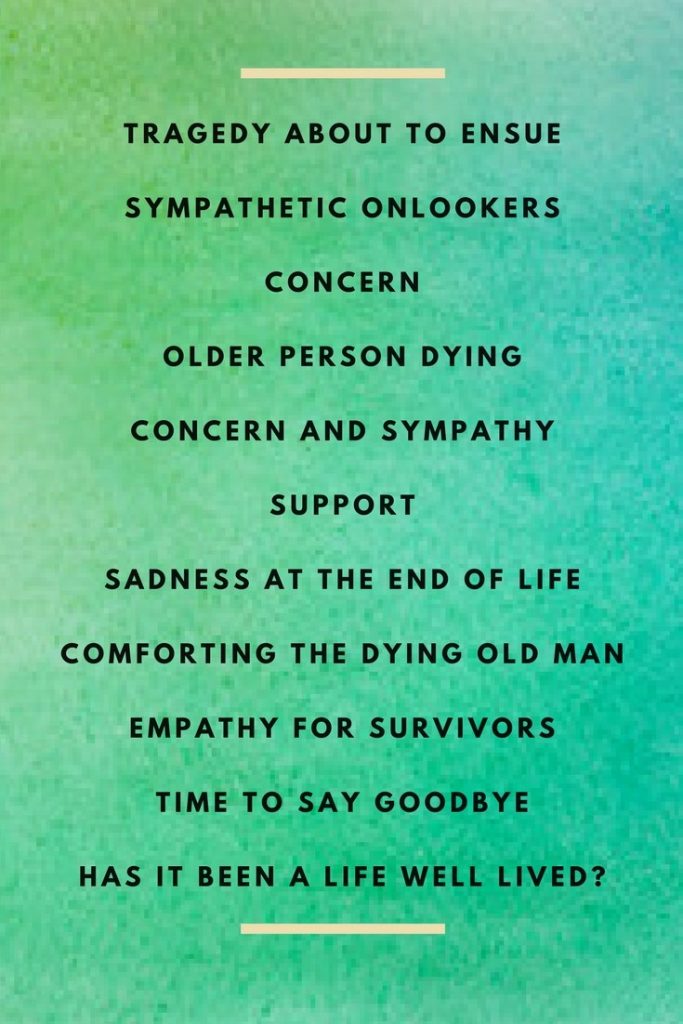No Kidding Camp
I had the pleasure of attending American Shakespeare Center’s No Kidding Shakespeare Camp this past week. I came to the camp primarily because I love teaching Shakespeare. And in this week’s post on Creative Learning Connection’s blog I will share some of the fun things I learned to help me with that.
But in this post I want to share the unexpected insights I gained that will help me as an author. As I mentioned in last week’s post, I’m just now starting novel #6 in the Da Vinci Life and Travels series. (And yes, I did manage to write 2,000 words this past weekend, after our Shakespeare camp finished.) I have been doing research on da Vinci for almost two decades, but I’m always learning new things (often in the most unexpected places).
Shakespeare and Art
For instance, in this week’s camp our focus was Shakespeare and Art. Consequently, we had a lot of art themed segments – including numerous art lessons and several art history lectures. Naturally, I really liked the art history portions, but the art lessons themselves were my least favorite part of the week. Not the fault of the teacher, mind you, he did a great job. I’m just not particularly creative in those areas – tell me to draw something using perspective and my brain cramps. Instruct me in how to draw a portrait, and it practically seizes. But, I not only survived the experience, I bought myself two “learn to draw” books on the very day our camp ended – books that I’ve actually been since. So, it would be safe to say, that a small seed was planted!
Da Vinci and Paint
 But back to the connection to da Vinci. Our first hands-on art class dealt with making different kinds of paint – grinding chalk for the color and then using eggs, linseed oil, or glue for the bases. We were encouraged to experiment with colors and mediums. But I went a different direction, spending much of that class experimenting with the bases. I ground a large portion of green and then made a sample with each base. Then I painted a small stripe of each type on my small piece of wood, so I could compare them to each other.
But back to the connection to da Vinci. Our first hands-on art class dealt with making different kinds of paint – grinding chalk for the color and then using eggs, linseed oil, or glue for the bases. We were encouraged to experiment with colors and mediums. But I went a different direction, spending much of that class experimenting with the bases. I ground a large portion of green and then made a sample with each base. Then I painted a small stripe of each type on my small piece of wood, so I could compare them to each other.
It was an interesting experience – I wasn’t surprised that the egg-based paint dried the quickest. (After all, that was why Leonardo generally stayed away from the use of egg tempera paints.) What did surprise me was the smell of the linseed oil – yuck! I will definitely have to mention the smell in my next da Vinci novel (since Leonardo liked to use linseed oil in his paints). The other surprise was how smooth the glue based paint was, and how gritty the other two were. (Even though the chalk had all been ground together.) Again, the difficulty in grinding the pigments sufficiently is something I will have to work into the next novel. This entire experience gave me a much greater appreciation for the work artists and their apprentices must do before they are even ready to paint!
Viewing Shakespeare
In addition to all of our various classes and lectures, we had the privilege of watching several of the ASC actors from their traveling troupe rehearsing for Macbeth (a play I should have the privilege of watching them perform when they come to Huntsville next winter!). We also attended three plays at the Blackfriars Playhouse – with the local ASC troupe. As we had expected, they did an amazing job with all three – though I have to admit, Much Ado About Nothing was my favorite, with Love’s Labour’s Lost being a close second. What can I say, I like Shakespeare more than Peter Pan – so Peter and the Starcatcher didn’t stand much of a chance against two Shakespeare plays.
While most of us don’t even dream of writing as well as William Shakespeare did – we can still learn from his character development and magnificent story lines, and watching his plays, especially performed by such amazing actors, is always a treat.
Performing Shakespeare
In the midst of our art work, and our viewings of plays, we also got to do our own small performance-based stage work. I don’t generally care for the thought of performing any more than the thought of drawing or painting. So, I wasn’t particularly anxious to do those either. We usually broke into small groups of anywhere from two to four campers, to work through some small portion of a Shakespeare scene. The directions were very good, the other campers were all fun to work with. Much to my surprise, I actually enjoyed those activities. In fact, with one of the assignments we only had time to prepare our scene work, but not to perform them for each other, and I was surprised to find myself disappointed by that.
Writing Assignment
But of all the assignments we had throughout the week, I do have to say that the one I enjoyed the most involved writing. (Surprise!) We broke up into groups of 4 or 5, each with a picture of a painting from a Shakespeare play. My group had the above painting – what looked to me like a dying King Lear. (More on the painting at the end of the blog – I don’t want to give away anything else here, in case you want to try the assignment first. You could try writing your sentences and then comparing what you wrote to what we did.)
We were each given three strips of paper. We received the following instructions one at a time: Write one sentence or less about what you see in the painting. Then one sentence on what you feel from it. And lastly, what do you think about it?
I dutifully wrote out each of my three strips, as did the other ladies in my group. I fully expected that everyone’s sentences would be very similar – we were looking at the same picture, after all. Then we were instructed to take turns reading them aloud – all of the first sentences first, then the second, and finally, the third. I was actually surprised how different each of our sentences were from each other. And I was pleasantly surprised how well my group liked mine. Hey, remember, I had spent much of the week being surrounded by people who could have outdrawn me with their eyes closed.
After days of working on things outside my comfort zone, I had finally come to an assignment that was right up my alley. From there we had to combine the strips any way we wanted as a poem on our small poster board (doing any type of editing along the way that the group approved of).
My Contribution
My three sentences started out as:
- A sense of sadness at the end of life.
- All gather around, comforting the dying old man.
- Time to say goodbye; has it been a life well lived?
Our Group Poem
When we were done combining and editing, our group poem read like this:
Staging Our Poem
Then we had some time to try to figure out how to stage our poem/picture. Needless to say, the entire task was a very creative process – but this time, it was one that I felt particularly comfortable in. It was a fun way to help bring to closure a week of creative endeavors.
I always leave these types of events with a combination of brain-overload and excitement. Much gets thrown at us from many different directions and in many different ways. But as I expected, I left the camp even more excited about teaching Shakespeare and continuing my writing.
Happy writing and learning!
Cathy
*Full disclosure on the Lear painting. I was confused when I saw it, since Lear’s daughter Cordelia actually dies before he does, but apparently Benjamin West was representing the two of them being reunited towards the end of Act 4; and they don’t each die until different portions of Act 5.













Leave a Reply